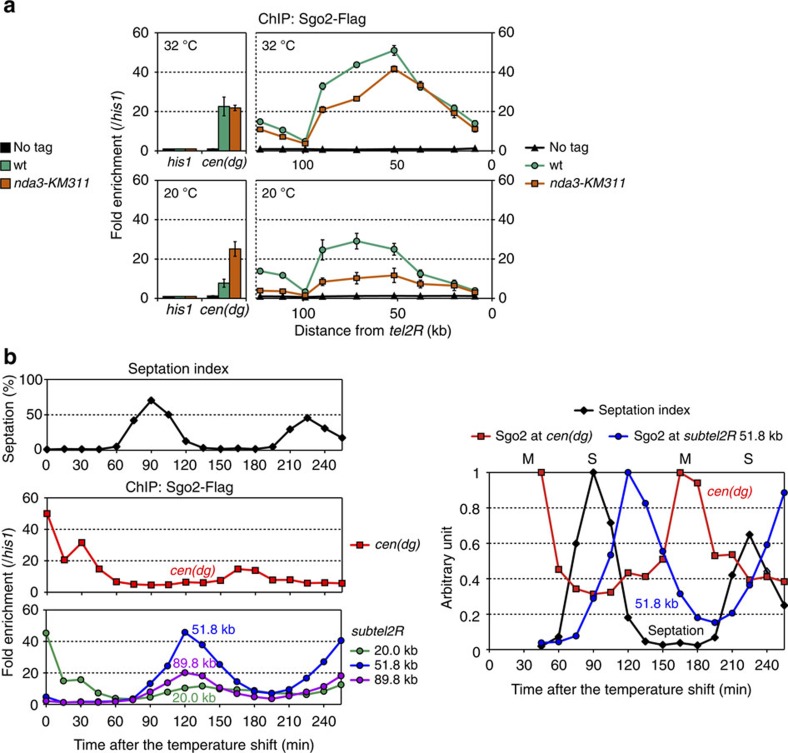Figure 2. Sgo2 associates with the subtelomeres preferentially in G2 phase.
(a) ChIP analyses of Sgo2-Flag localization at subtel2R in M phase. Cold-sensitive nda3-KM311 mutant and wt (control) cells were grown at 32 °C (permissive temperature) or incubated at 20 °C for 12 h (restrictive temperature, M-phase-arrested) in YPD medium. Relative fold enrichment at subtel2R (right) and cen (dg) (left), normalized to the signal at the his1+ locus, is shown. It is noteworthy that the DNA sequence of subtel2R within ∼50 kb of the end of the chromosome is highly similar to that of the other subtelomeres7; therefore, the analysis cannot differentiate these common telomere-proximal subtelomeric regions. No tag indicates the negative control for ChIP. Error bars indicate the s.d. (n=3). (b) ChIP analyses of Sgo2-Flag localization at subtel2R during the cell cycle. Temperature-sensitive cdc25-22 mutant cells were arrested at the G2/M boundary at 35.5 °C (restrictive temperature) and then released from arrest by shifting to 25 °C (permissive temperature). Cell cycle progression was monitored by the septation index (left, top). Relative fold enrichment at cen (dg) (left, middle) and at 20.0, 51.8 and 89.8 kb from the telomere repeats in subtel2R (left, bottom), normalized to that at the his1+ locus, is shown, together with a summary of the relative Sgo2 enrichment at cen (dg) and at the 51.8 kb locus (subtel2R) (right). The time points 0, 15 and 30 min are omitted from the graph because of a lack of periodicity as compared with later time points, possibly due to non-physiological cell cycle arrest caused by the cdc25-22 mutation.

